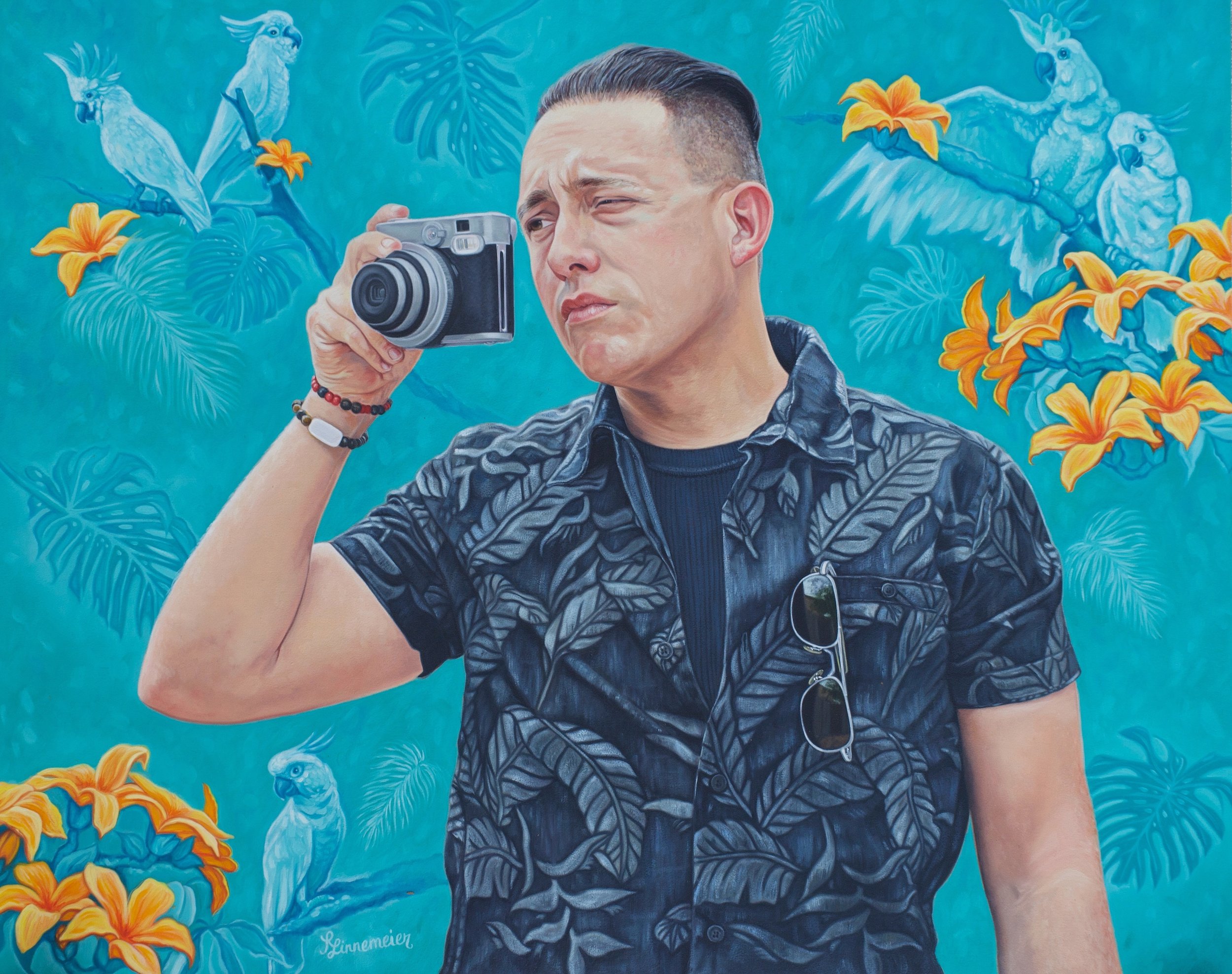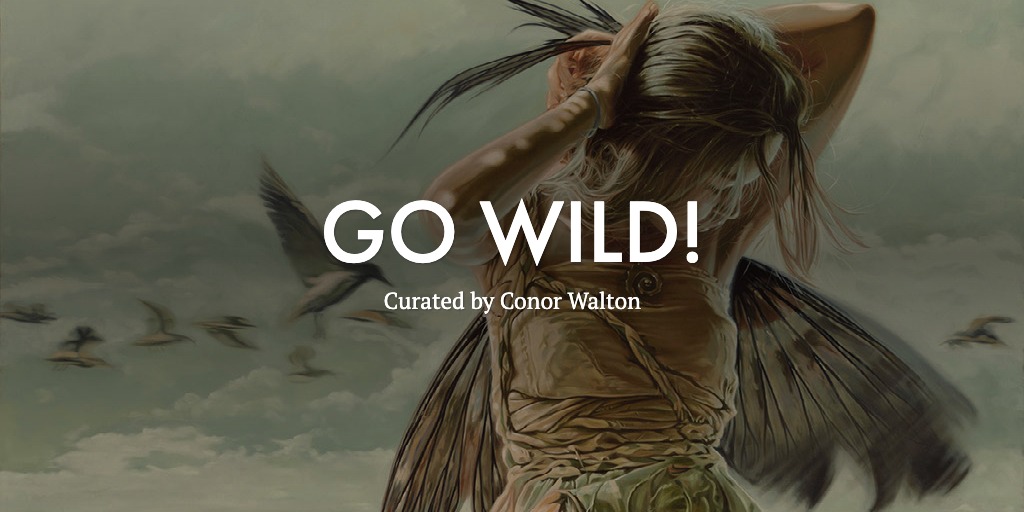What do you believe to be your roll as an artist?
Like many female realist artists, I have a passion to be a voice for myself and other women.Through all my paintings, I am looking for myself. They are from me and part of me. I am also representing the everyday lives of women who are isolated within their society. This isolation stems from powerful limits imposed on them by the culture at large—a culture they also define as mothers. I am studying and sharing their emotions and feelings in the form of lines and colors in my paintings. My ideas sometimes take the form of women’s pain or suffering and sometimes take the form of their pleasure.
What informs your work currently?
My paintings represent two main chapters in my life as they relate to women: one of oppression and one of opportunity. The first part covers my childhood in Iran, and the second covers my life after I immigrated to the USA and since I became a mother. Both phases provided impetus for my own introspection and discovery around what it means to be a woman. So, what is life for me as a woman? The meaning of life and my purpose for living used to be a mystery to me. They often still are, but now I use my past experiences consciously and subconsciously to express the reconciliation I am navigating with all the storms of my life and identity. I am recovering, reclaiming, and redesigning what it means—to me—to be a woman.
My art gives voice to the harsh experiences and societal constraints of Middle-Eastern women. It encompasses psychological aspects of their suffering under the oppression of government, religion, and men. As a creative woman, I faced much difficulty in my attempts to exercise any kind of freedom and independence. The first twenty-three years of my life in Iran were entrenched in wars, violent protests, and revolutions. The sum of these experiences shaped my ideology of life and art. My perception of the role of women in society is no longer ruled by submission or fate. It is sustained by the resiliency and strength of women. My discovery of these attributes in myself have influenced my way of talking about and painting women. I am looking to express this kind of freedom. I want to interpret and translate my emotions and experiences without fear of reprisal and even in the face of retribution. Painting is the expression of my internal emotions in response to the external world.
What is one of the biggest lessons painting has taught you?
Dairies, fragments, experiences, suffering, pain, happiness, and observations enable all artists to explore themselves. To understand better how surrealist artists approached the meaning of self, Chadwick provides this interesting explanation of self in Mirror Images: Women, Surrealism, and Self-representation:
We are born with a nuclear core of personality, which is the seed from which a cohesive structure called self begins to form during the second year of life. This process unfolds gradually through the interaction between biology and environment. The self under normal circumstances grows, matures, and remains flexible all of our lives. But first, all of its parts need to work in unison, as a well-integrated mechanism; only then can we sense our self as whole and not have to think about it. Otherwise we experience the self as unintegrated, fragmented, unbalanced, incomplete, even empty, and we go about our lives self-absorbed, attempting to sustain a sense of cohesiveness in artificial ways by attaching ourselves to someone or something we believe will provide the means to keep us whole. Without a sense of self, we attempt to establish self-objects, relationships that mimic the ones we had or wish we had in infancy, when we were as one with the people around us. (Chadwick 88-91)
When I stepped onto my artistic path, like many surrealist artists, I began to know myself and my paintings as mirrors of self, or as the reflections of my feelings in the response of the society. I started to paint my history and started to imagine myself in the free world. And then, I started to reflect myself in all my paintings.
What excites you about figurative art today?
I enjoy looking at subjective figurative art pieces that represent an artists’ feeling of life experience. They are rich with historical, realistic, or surrealistic meaning. I am attracted to stories and the opportunity art offers to silently express emotion to the outside world.











